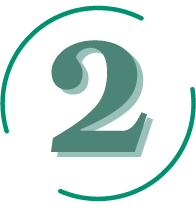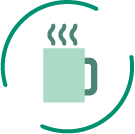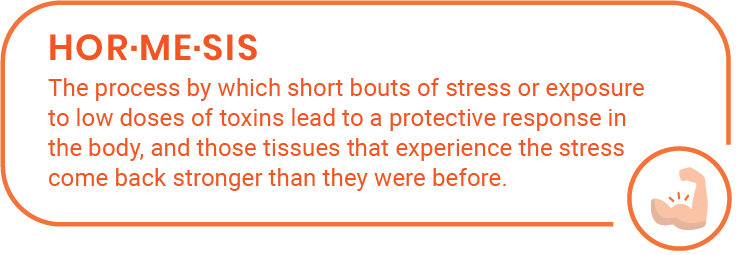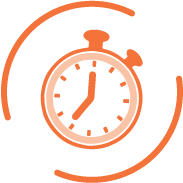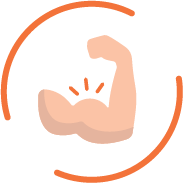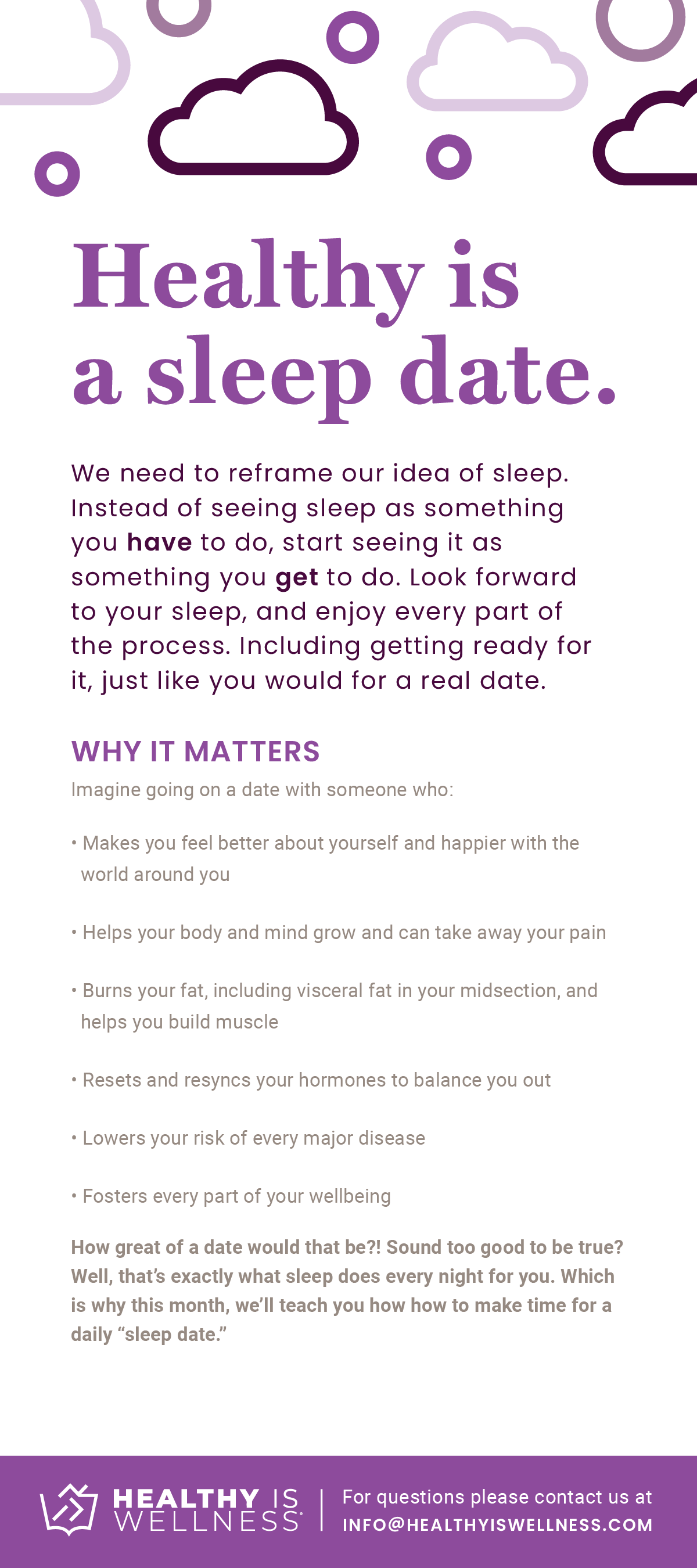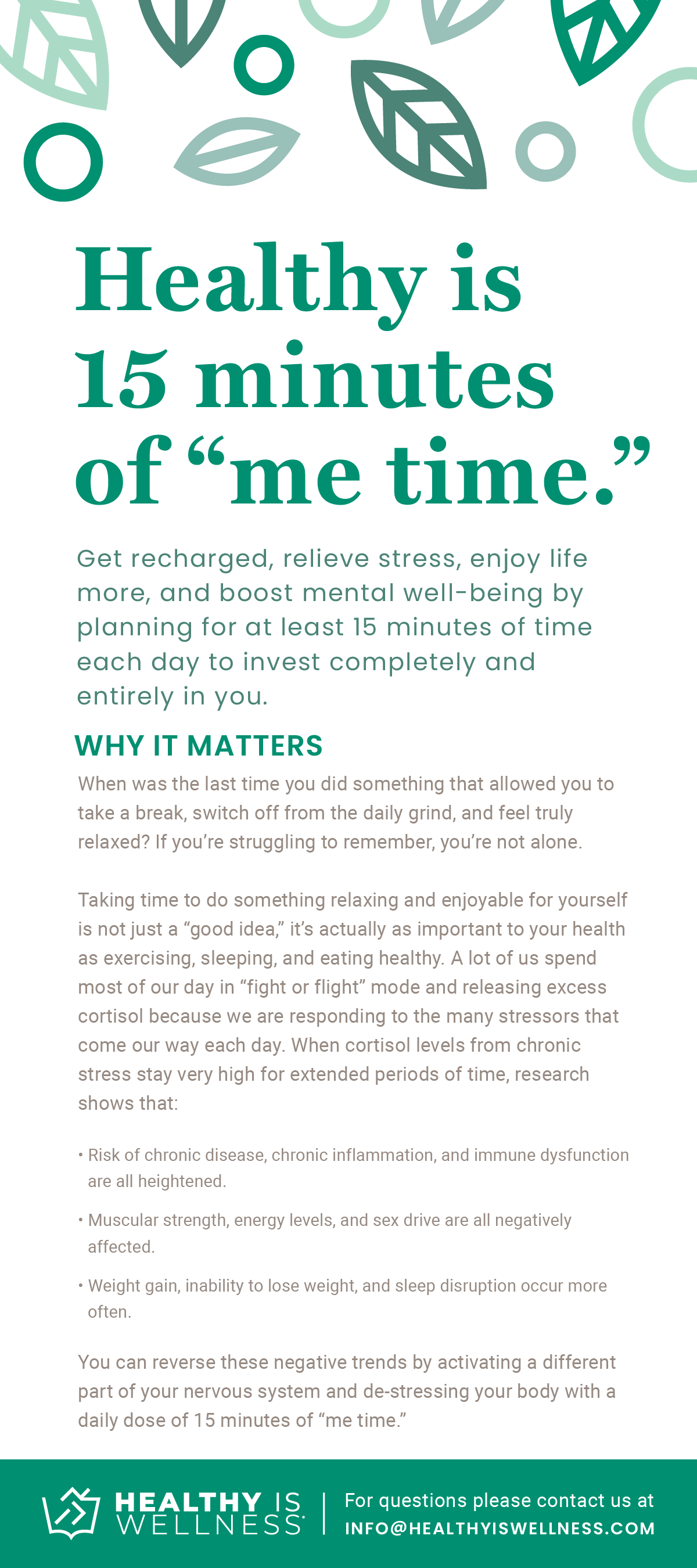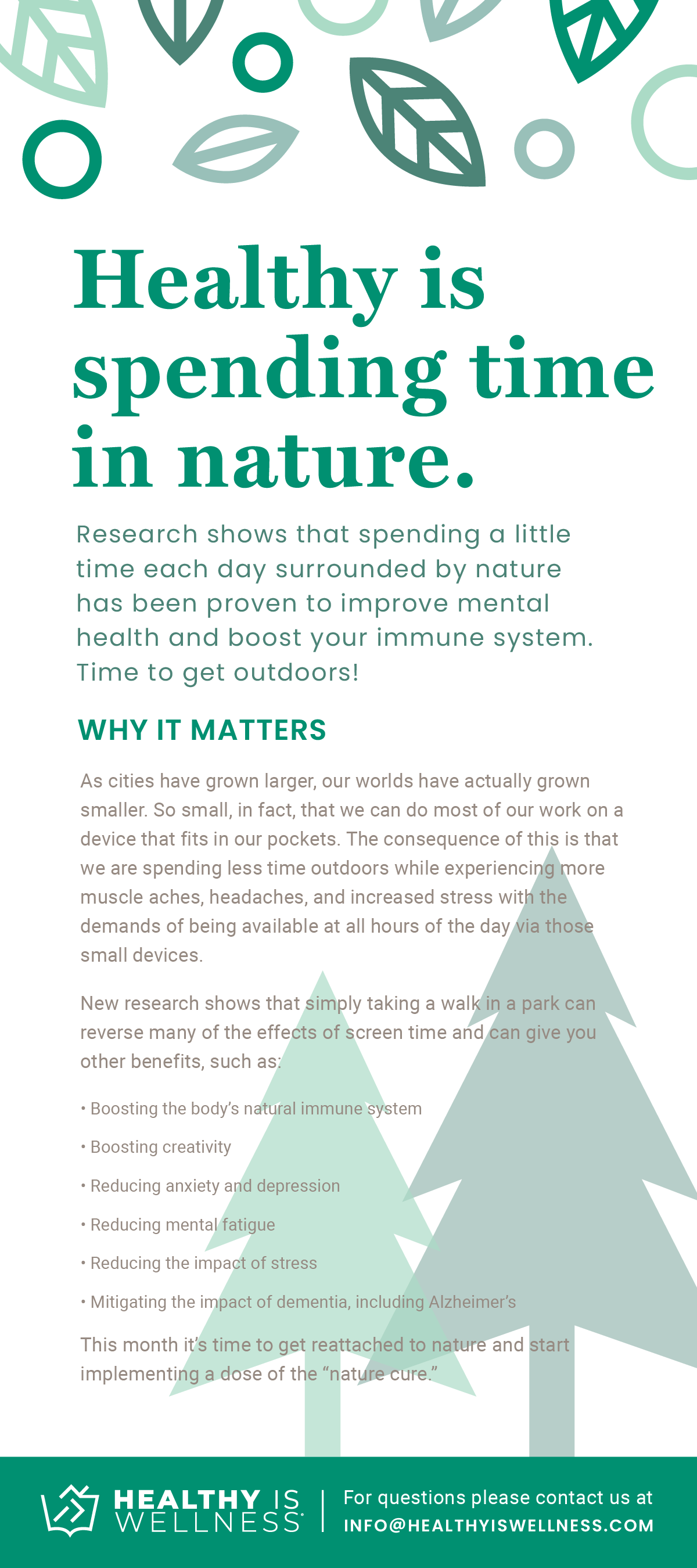
Healthy Is Controlling Your Breath, Continued

5 minutes per day of structured breathing can improve your mood and lower stress, even better than meditation.
WHY IT MATTERS
Using breathwork to reduce stress and improve overall well-being has been used by humans for centuries. Not only is it completely free to use your breath to help improve your health, it is also very powerful! Learning to control your breath is a direct path to control what is called your autonomic nervous system. In other words, it can help you control parts of the body that seem automatic or uncontrollable, including your heart rate, stress response, nervous system, thermoregulation, and more.
Although for most of the day your breath should be smooth and rhythmical (see our first Controlling Your Breath blog post), there are reasons to take control of your breath in a meaningful way. This is what we call “breathwork,” and science has proven that intentionally utilizing specific breathing patterns produces more benefit to mood than passive attention to one’s breath, as in mindfulness meditation practice. Just 5 minutes per day of breathwork has been proven to lower blood pressure, reduce stress, improve mood, reduce frequency of sickness, and improve creativity, learning, and memory.
Improve your mood and reduce stress.
5 minutes per day of intentional breathwork not only has physiological effects while doing the breathing exercise, but research shows these mood boosting effects continue throughout the rest of the day. To get started, try these proven, powerful methods.
BOX BREATHING
Breathe in through your nose, hold, breathe out through your mouth, hold, and repeat. Use equal times for the inhale, both holds, and the exhale (i.e. 4 seconds each).

CYCLICAL PHYSIOLOGICAL SIGHING
Take two inhale breaths through your nose (breathe in through your nose, pause, and breathe in again) followed by a full exhale via your mouth to empty out your lungs. Hold your breath for 10-15 seconds with empty breath (longer if you can) then repeat.

Inhale through your nose, pause.

Inhale through your nose again.
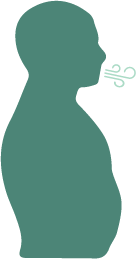
Exhale through your mouth.
Try out these methods this month as a way to add rhythm into your everyday life!






